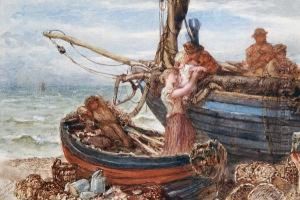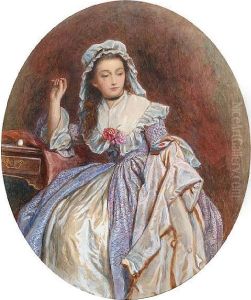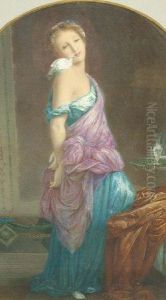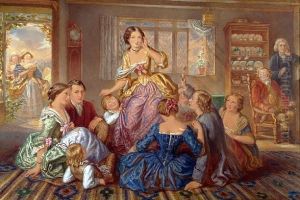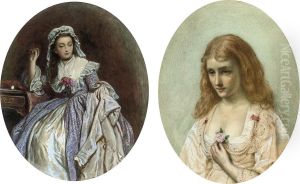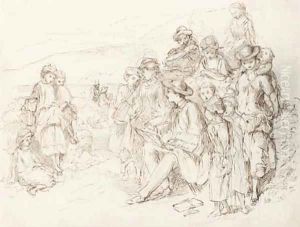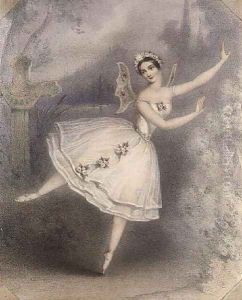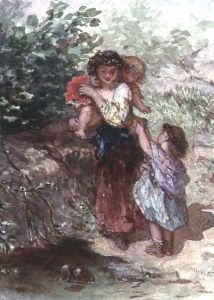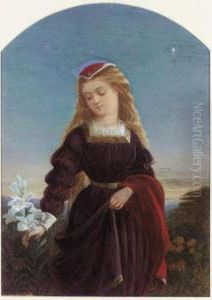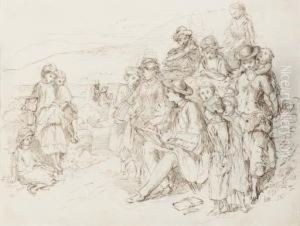Auguste Jules Bouvier, N.W.S. Paintings
Auguste Jules Bouvier was a noted 19th-century British painter, recognized for his genre scenes and portraits. Born in 1827, Bouvier showed an early talent for art, which led him to pursue a career as a professional painter. He was particularly known for his delicate and detailed depiction of female subjects, often capturing them in moments of contemplation or in domestic settings.
Bouvier's style was influenced by the Victorian era's emphasis on sentimentality and moral rectitude. His work often reflected the social norms and values of the time, with a focus on the virtuous and the beautiful. He was skilled in the use of light and shade, which added a dramatic effect to his paintings and helped to convey the emotional depth of his subjects.
Throughout his career, Bouvier exhibited his work frequently. He became a member of the New Watercolour Society (N.W.S.), which was an indication of his status and recognition amongst his peers. The society was a platform for artists who were pushing the boundaries of watercolour as a serious medium for fine art, rather than just sketches or preparatory studies.
Bouvier's paintings were well-received by the public and critics alike. His ability to portray the grace and elegance of women with a naturalistic touch resonated with Victorian audiences. He had a keen eye for fashion and detail, which is evident in the intricate clothing and accessories depicted in his portraits.
Despite his success, information about Bouvier's personal life and training is relatively scarce. What is known is that his artistic legacy includes a number of works that continue to be appreciated for their aesthetic qualities and historical value.
Auguste Jules Bouvier passed away in 1881, but he left behind a body of work that continues to be studied and admired in the context of Victorian art. His contributions to genre painting and portraiture remain significant, offering insights into the cultural and social fabric of his time.












